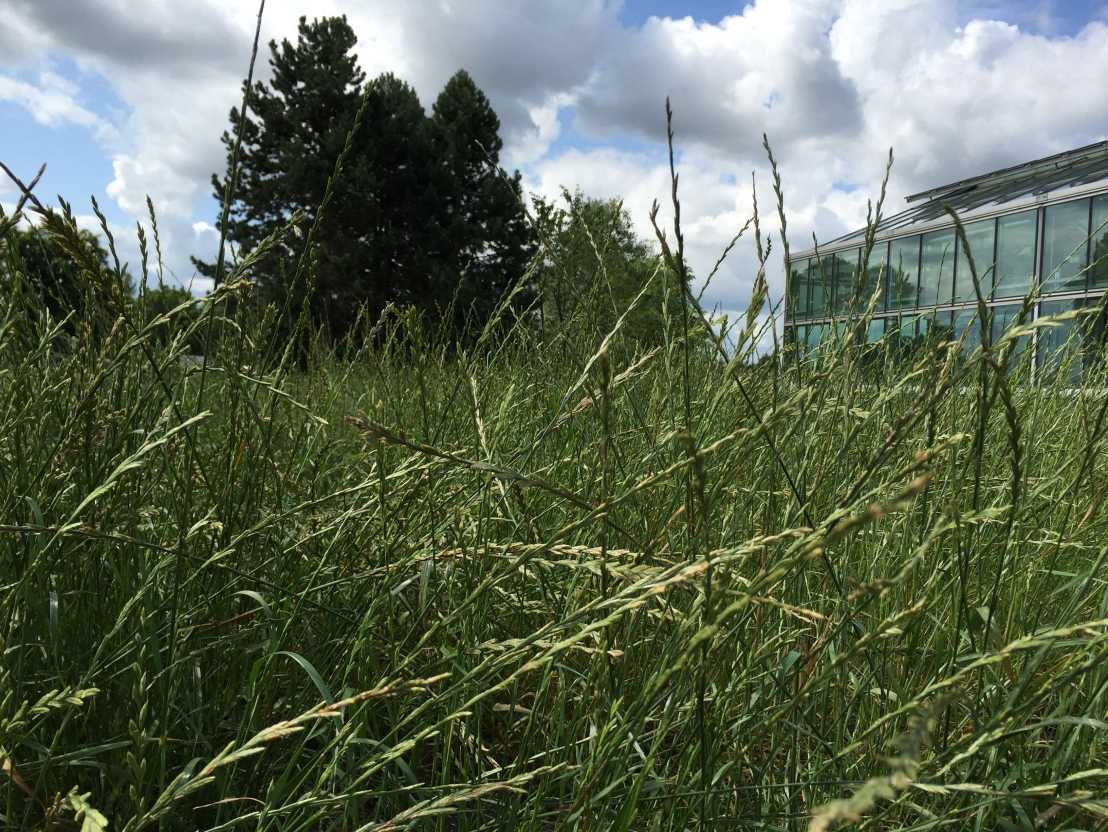Self-compatibility for research and breeding
A comprehensive scientific review about self-compatibility in grasses and its implication for breeding.

Reproduction biology is important for plant evolution and adaptation. Over half of the Angiosperms have a genetic inability to set seed after self-pollination and therefore can only reproduce via cross-pollination. This mechanism called self-incompatibility (SI) promotes genetic diversity but can also restrict breeding programs of economically important forage, bioenergy and turf grasses. However, it is known that this mechanism can be overcome, enabling self-pollination in otherwise self-incompatible plant species.
In this review article, written in collaboration with Aberystwyth University, Iowa State University and the breeding company Deutsche Saatveredelung AG, we discuss the advantages of self-compatibility (SC) for research and breeding purposes. We detail known SC sources as well as the approaches used to discover and characterize novel sources. Indeed, SC has been found in different germplasm and is the result of mutations in genes controlling SI but also genes involved in the up- or downstream SI reaction. With the advance of genomic tools, the identification of causative SC genes is more affordable and enable the transfer of this phenotype to other grasses.
A better understanding of SC offers new insight into the reproductive and evolutionary biology of SI. Moreover, its exploitation for breeding will facilitate the purge of deleterious alleles in elite germplasm and help to realize heterosis effects in forage and turf grass breeding.
Citation:
Cropano C, Place I, Manzanares C, Do Canto J, Lübberstedt T, Studer B and Thorogood D (2021) Characterization and practical use of self-compatibility in outcrossing grass species. Annals of Botany 127 (7): 841-852.
external page https://doi.org/10.1093/aob/mcab043